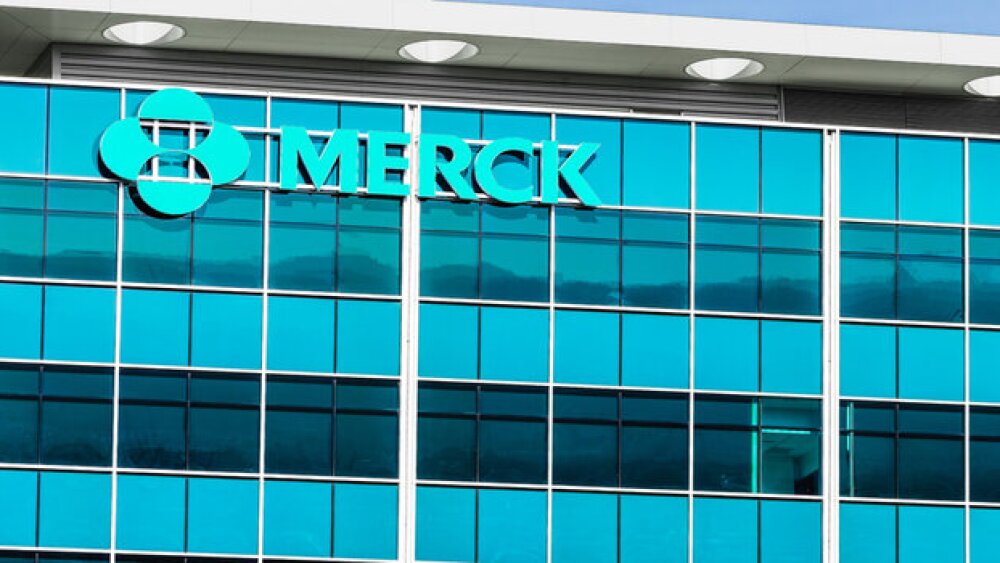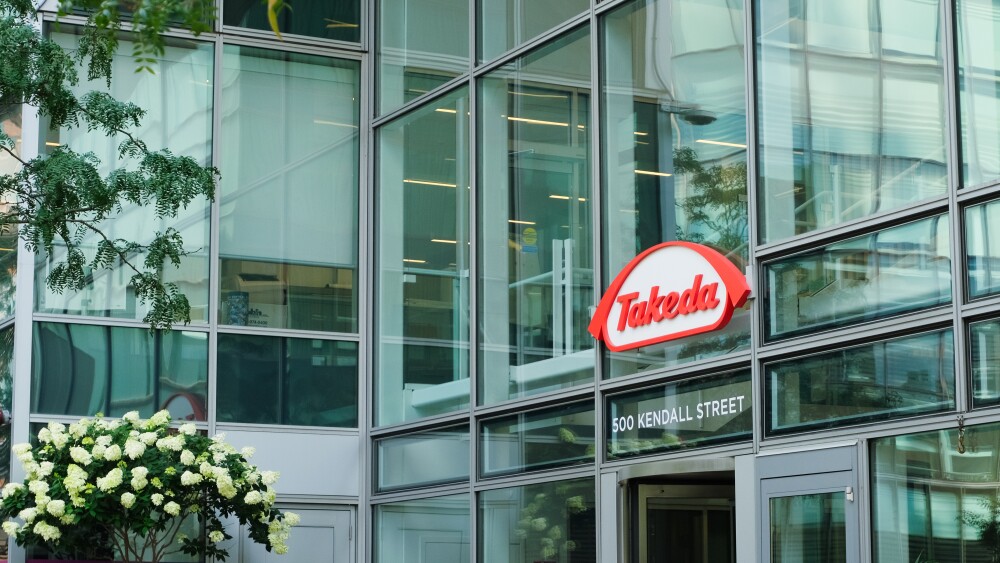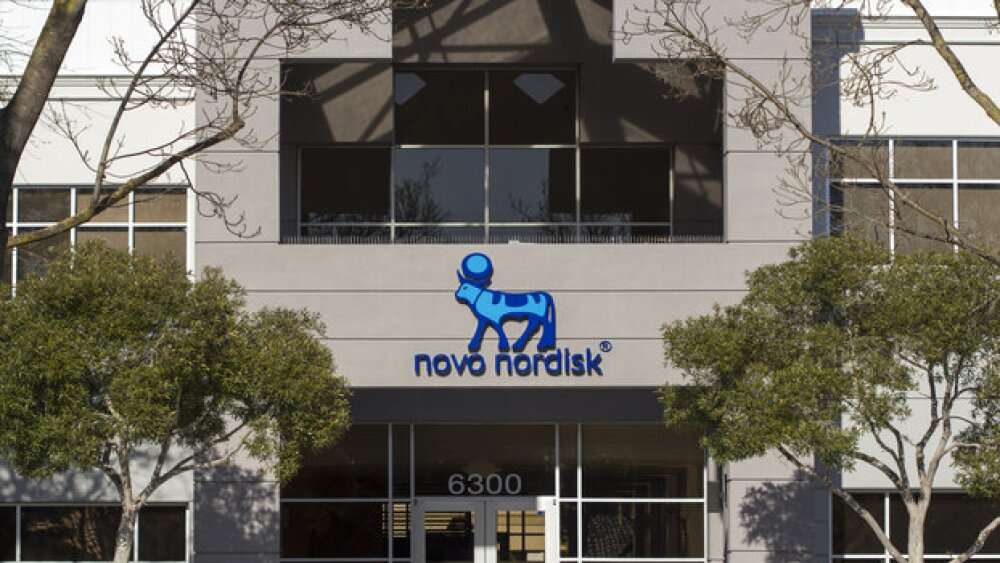For the last two years, Keytruda has reigned as the world’s top-selling drug—a distinction under threat with key patent protections expiring in 2028.
The FDA has approved a subcutaneous version of Merck’s blockbuster cancer therapy Keytruda, handing the pharma a win that could help it buttress sales when the drug loses its exclusivity in the coming years.
The under-the-skin injection, which will carry the brand name Keytruda Qlex, is approved for “most” solid tumor indications of its intravenous version, according to a news release on Friday. All told, Keytruda Qlex is approved for 38 cancers. Merck expects to have the subcutaneous injection available in the U.S. later this month.
Merck has not said how much it plans to sell Keytruda Qlex for, though a spokesperson told Endpoints News on Friday that it will be priced “at parity” to its intravenous counterpart. According to its website, a three-week course of Keytruda costs almost $11,800.
In 2023 and 2024, Merck’s Keytruda was the world’s top-selling pharmaceutical product, with earnings of $25 billion and $29.5 billion, respectively. But analysts have warned of a sales dip in the near future, particularly as key patent protections expire in 2028, making the mega-blockbuster therapy susceptible to challenge from biosimilars.
Keytruda Qlex is a major part of Merck’s efforts to soften the fall from this patent cliff. In an email to BioSpace in March, Cristian Marulanda, analyst at BioPharmCatalyst, lauded the pharma’s “proactive strategies and continuous innovation,” which he said could “help Keytruda weather competitive pressures.”
“Keytruda’s lifecycle management measures suggest it will retain significant market share, albeit potentially at a lower rank,” he added.
Against potential copycats, Merck could lean on Keytruda Qlex’s convenience advantage. In its news release on Friday, the pharma emphasized that the subcutaneous injection “may provide added convenience” versus the infusion counterpart “because it can be administered by HCPs [health care providers] in multiple settings.” Like its intravenous version Keytruda Qlex can be dosed at infusion centers but can also be administered in doctors’ offices and community clinics, according to Merck’s announcement.
Keytruda Qlex also allows for two dosing schedules, once every three weeks or once every six weeks, both of which require “substantially less time” than an intravenous infusion, which as per the news announcement takes 30 minutes.
In approving the subcutaneous version, the FDA reviewed data comparing both formulations. A pivotal study found a 45% overall response rate in non-small cell lung cancer patients treated with Keytruda Qlex versus 42% in those given the original Keytruda. Progression-free and overall survival rates were likewise similar between the two formulations.






